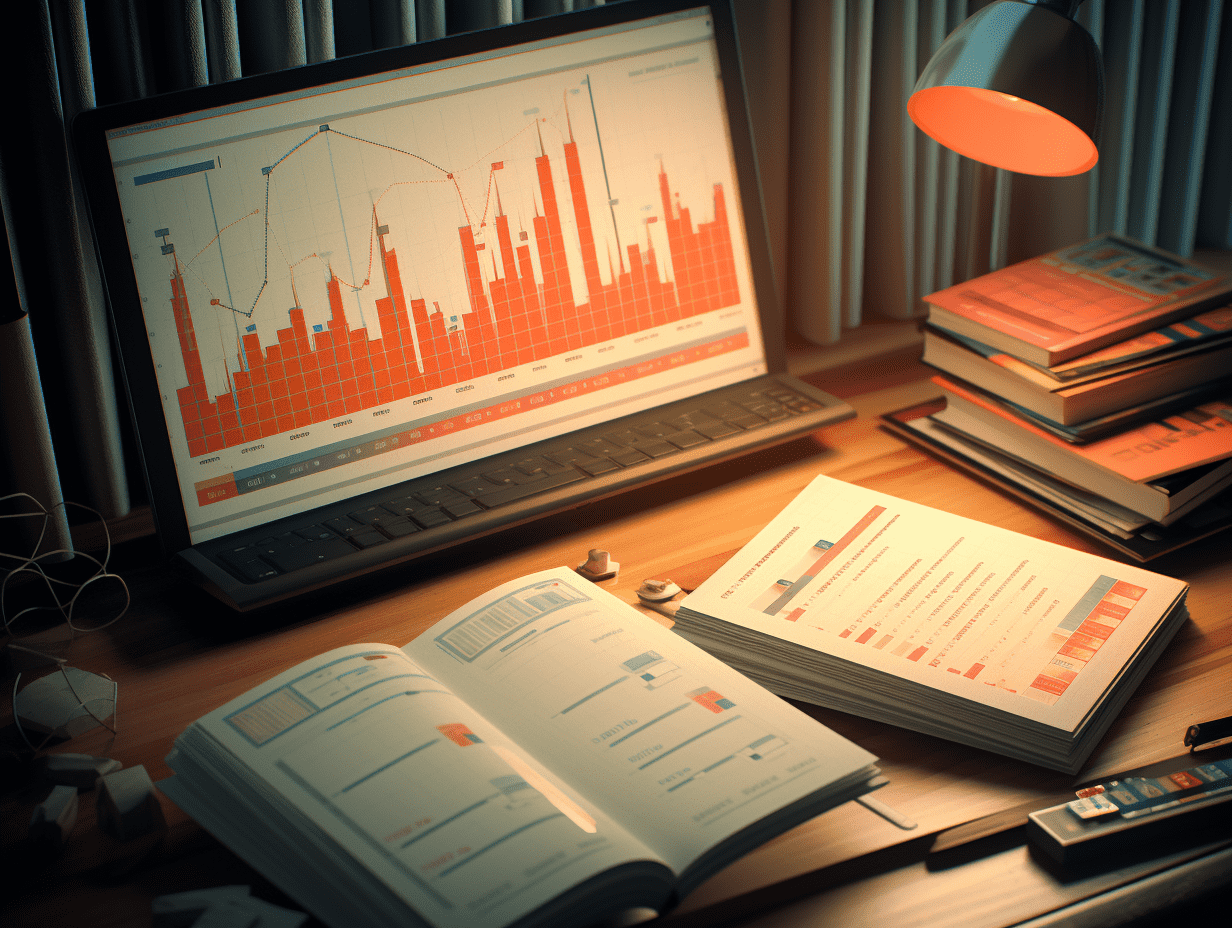The "Trump cloud" looms over European markets, adding to the existing troubles.
Since the US election, European stock markets have fallen, capital outflows have intensified, and the euro has depreciated against the US dollar to reach parity.
Stock market downturn, weak currency, political system in crisis, economic stagnation - before Donald Trump won the US election, the situation in Europe was already so grim.
Now, with Trump's plans to cut taxes and relax regulations making the US stock market more attractive, Europe is facing a blow from new trade tariffs and investment outflow. Coupled with the upcoming early elections in Germany intensifying anxiety, even the most optimistic investors find it hard to stay positive.
Luca Paolini, Chief Strategist at Swiss asset management company Pictet Asset Management, said: "Europe is facing multiple shocks, and risk aversion is on the rise. It's hard to see how it can be saved."
It is understood that since the US election, European stock markets have fallen, capital outflows have intensified, and the euro has fallen to parity with the US dollar, further exacerbating the dilemma: economic growth in Europe is weaker than in the US, so those investing in the European financial markets are much poorer.
"The US strong, Europe weak" dynamic further reinforces
The size of the US stock market has always been larger than that of Europe, but in the past 10 years, this gap has significantly widened, largely due to the emergence of companies such as Apple Inc. and NVIDIA Corporation with market values in the trillions of dollars. Currently, the total market value of the US stock market is $63 trillion, four times that of all stock exchanges in Europe. Ten years ago, the size of the US stock market was less than twice that of Europe.
Another significant indicator is the size of the largest company in each market. Europe does not have a publicly listed company with a market value exceeding $500 billion, while the US has eight publicly listed companies with market values exceeding $1 trillion.
Helen Jewell, Chief Investment Officer of Base Assets EMEA at BlackRock, Inc., said: "The liquidity gap has always existed, but the key is how big that gap is now." She estimates that, measured by trading market value, the liquidity in the US is five times that of Europe.
This difference has formed a feedback loop, making it increasingly difficult for Europe to break free from this cycle: more than 71% of funds allocated to tracking popular MSCI global index benchmarks are automatically allocated to the US. Coupled with weak economic growth, political instability, and fiscal tightening, European stock markets have underperformed the US for 8 out of the past 10 years.
European stock markets continue to lag behind US stock markets
Now, Trump's proposed tariffs, regulatory relaxation, loose fiscal policies, and tax cuts are further driving this trend. The trading price of Europe's benchmark stock index, the Stoxx 600 Index, is currently 40% lower than the S&P 500 Index, hitting a historical low and potentially making this year one of the worst on record.
Euro falls to lowest level against the US dollar
The euro has fallen to its lowest level in over a year, with many strategists expecting the euro to reach parity with the US dollar in the coming months.
Barclays strategists, including Emmanuel Cau, wrote in a research report last Friday: "The US exceptionalism thesis will remain the strategy for 2025." They said, "It is difficult to see Europe's fate changing."
Of course, a lot can change in the next four years, and many believe that as the potential impact of Trump's policies on inflation becomes apparent, speculation about the so-called Trump trade will fade. Bank of America Corp. strategists have suggested buying European stocks before Trump returns to the White House, as they expect Trump's tariff plan to prompt the European Central Bank to significantly lower interest rates.
Jon Levy, Macro Strategist at Loomis Sayles, believes that Trump's "America First" agenda may be just the stimulus Europe needs, forcing it to take action to increase asset attractiveness. He said that the potential government change in Germany might lead to a shift towards looser fiscal policies, promoting economic growth.
Levy said: "This is not a trap of perpetually low growth and low rates. Trump's every action has corresponding countermeasures, which are equally important."
BlackRock, Inc.'s Jewell believes that global investors will still want to allocate some of their portfolios to European assets during Trump's presidency to avoid over-concentration in US assets. But European stock markets, while praised as "diversified investment tools," are increasingly marginalized on the global stage.
Euro falls to lowest level in over a year
The bond market is sending a strong signal, with the difference between German and US short-term bond yields reaching its highest level in nearly two years, implying that Trump's spending plans will exacerbate the economic gap between the US and Europe. Traders are betting on a 20% chance of a 50 basis point rate cut by the European Central Bank at its December meeting, with expectations of a 1.4 percentage point cut by October next year. In the US, traders are only betting on a cut half that size.
Analysts from JPMorgan, Goldman Sachs Group, Inc., and Citigroup have all pointed out that the euro is one of the currencies most susceptible to the impact of Trump's tariff plans. Given Europe's reliance on exports for manufacturing, analysts expect the euro to approach or even fall to parity with the US dollar in the coming months.
Brad Bechtel, Global Head of Foreign Exchange at Jefferies Financial Group Inc., said: "The view that the euro will fall to parity with the US dollar will only strengthen, not weaken. No matter how oversold it is, I believe the momentum of this currency pair is very strong, and the rally continues."
Related Articles

Market bets on Bank of Japan raising interest rates soon, yen leading major currencies.

The unemployment rate is reaching its peak and wage growth is slowing down! The Bank of England is ready to cut interest rates this week, but the easing cycle may be coming to an end.

Counterpoint warns of a "chip shortage crisis": AI is not full yet, consumer electronics may fall first.
Market bets on Bank of Japan raising interest rates soon, yen leading major currencies.

The unemployment rate is reaching its peak and wage growth is slowing down! The Bank of England is ready to cut interest rates this week, but the easing cycle may be coming to an end.

Counterpoint warns of a "chip shortage crisis": AI is not full yet, consumer electronics may fall first.

RECOMMEND

Valued At $10 Trillion, The Largest IPO In History Is Coming As SpaceX Announces Listing Plan
12/12/2025

Five Imperatives And Eight Tasks: Central Meeting Specifies Next Year’s Economic Work, Highlights Identified
12/12/2025

Over 100 New Listings In Hong Kong This Year As Total Fundraising Tops HKD 270 Billion, Eighteen “A+H” Dual Listings
12/12/2025


